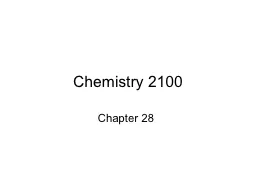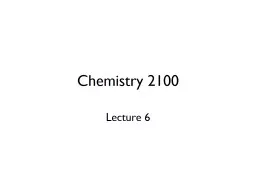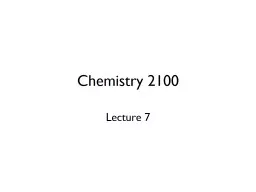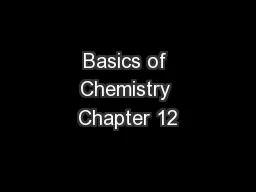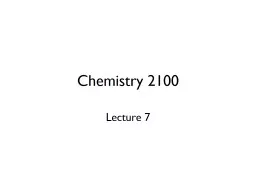PPT-Chemistry 2100 Chapter 28
Author : MrRightNow | Published Date : 2022-07-27
Carbohydrate Catabolism glycolysis glucose pyruvate acetyl CoA TCA Cycle acetyl CoA CO 2 NADH FADH 2 oxidative phosphorylation
Presentation Embed Code
Download Presentation
Download Presentation The PPT/PDF document "Chemistry 2100 Chapter 28" is the property of its rightful owner. Permission is granted to download and print the materials on this website for personal, non-commercial use only, and to display it on your personal computer provided you do not modify the materials and that you retain all copyright notices contained in the materials. By downloading content from our website, you accept the terms of this agreement.
Chemistry 2100 Chapter 28: Transcript
Download Rules Of Document
"Chemistry 2100 Chapter 28"The content belongs to its owner. You may download and print it for personal use, without modification, and keep all copyright notices. By downloading, you agree to these terms.
Related Documents

